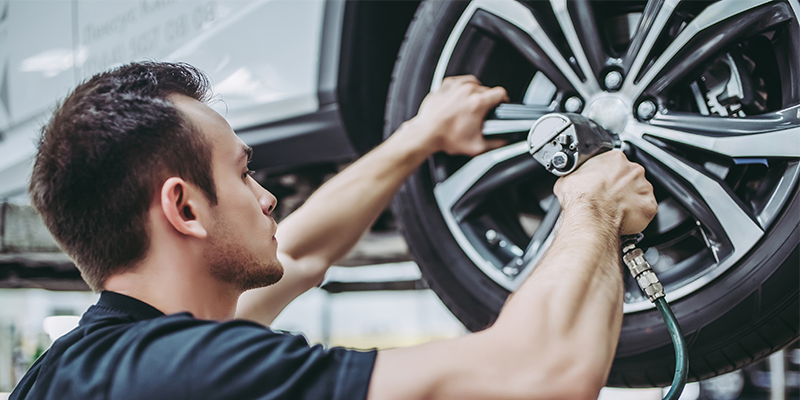One could argue that a technician’s most valuable tools are his or her hands. Without them, turning wrenches, squeezing air gun triggers or smoothing a tire repair are almost impossible. As important as they are, hands don’t always receive the proper care and protection they deserve. According to Bureau of Labor Statistics data, about 250,000 serious hand, finger and wrist injuries in private industry occur every year.
Shop owners note: the Occupational Safety and Health Administration (OSHA) requires employers to require employees to wear personal protective equipment (PPE), and employers are obligated to select PPE based on the conditions and potential hazards of the task to be performed.
Determining the needs for hand safety is made easier by involving employees in a hazard assessment of the tasks performed in the workplace. The hazard list may include cuts, lacerations, punctures, abrasions or broken bones; or chemical exposure that can cause burns, skin irritation or absorption of hazardous substances. Thermal injuries can be caused by contact with hot objects or working in freezing conditions. Also consider how often and how long the hands are used in specific tasks, how much manual dexterity is needed for each task and the risk of exposure to each hand hazard.
Equipped with this information, a determination can be made on what type of hand protection is most suitable. The choices range from skin barrier creams to various types of rubber, leather or high-performance fiber gloves.
Skin barrier creams are applied to clean skin surfaces to form a fast-drying, non-greasy, non-toxic shield that can protect against irritants such as grease, oil, coolants, de-greasers, acids, bases, adhesives and sealants – even powdered metals and graphite in some instances. The barrier still allows the skin to breathe and perspire normally, yet remains on the skin despite repeated washings and only needs reapplication every four or five hours.
Gloves can offer a broader range of protection from chemicals, extreme temperatures, abrasions, cuts and repetitive motion stress and shock. Cotton gloves can keep hands clean, improve grip, insulate from mild heat or cold, and provide some protection from cuts and scrapes. Leather gloves offer increased protection against rough surfaces, sharp edges, objects that can cut or puncture skin, and sparks and heat that can cause burns; however, this comes at the cost of reduced dexterity and tactile sensitivity.
Rubber gloves can protect hands from chemicals and moisture, and can provide insulation when working with electricity. However, natural rubber latex gloves are not resistant to organic and petroleum-based chemicals. Nitrile gloves offer some protection from petroleum-based aliphatic hydrocarbons and fuels. Other chemical-resistant glove materials include neoprene, butyl rubber and polyvinyl chloride.
Disposable gloves offer the user protection without much loss of dexterity. Smooth finishes provide flexibility while rough or ribbed finishes provide better grip. Work gloves can feature various fabrics, such as Spandex for the back of the hand and neoprene in the knuckle padding for flexibility, PVC for enhanced grip and synthetic leather for palm protection. Gel pads in the palms can cushion impacts, and various man-made fibers (such as Kevlar and Spectra) provide high strength, thermal stability, abrasion resistance and a cool feel on the hands.













